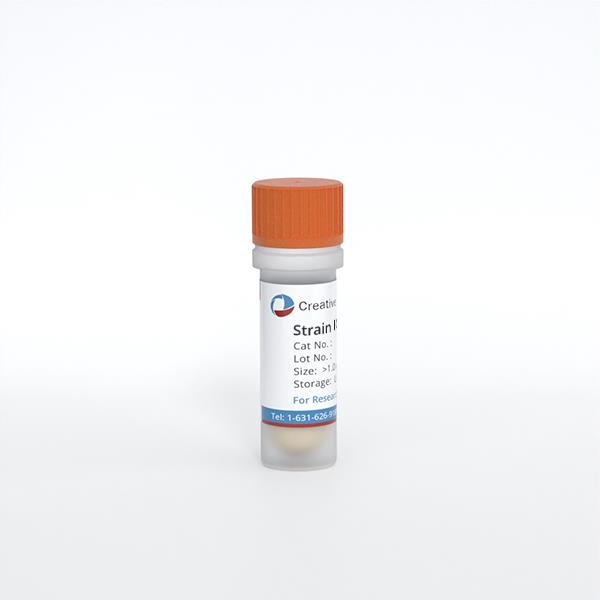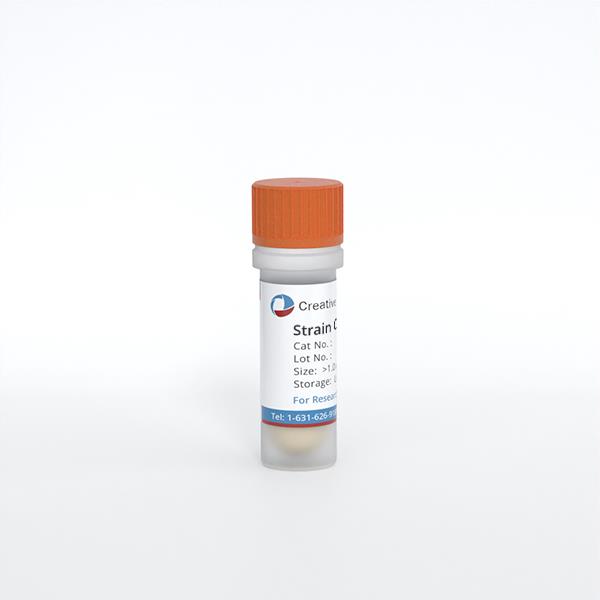Description
Mouse Hippopcampal Neurons are isolated from E16-17, CD-1 mice. The hippocampus is a major component of the brains of humans and other mammals. It belongs to the limbic system and plays important roles in long-term memory and spatial navigation. Mouse Hippocampal Neurons are cryopreserved at primary passage. They stain positive for PGP and Tuj-1 and test negative for sterility and mycoplasma. Cells are guaranteed when using SuperCult® Primary Neuron Growth Medium Kit and contain =1M cells per vial.
Applications:
Transfection
Electrophysiological properties
Neurotransmitter function
Inhibitory / excitatory ion-channels
Receptor signaling
Intracellular transport studies
Neurotoxicity
Citation Guidance
If you use this products in your scientific publication, it should be cited in the publication as: Creative Bioarray cat no.
If your paper has been published, please click here to submit the PubMed ID of your paper to get a coupon.







